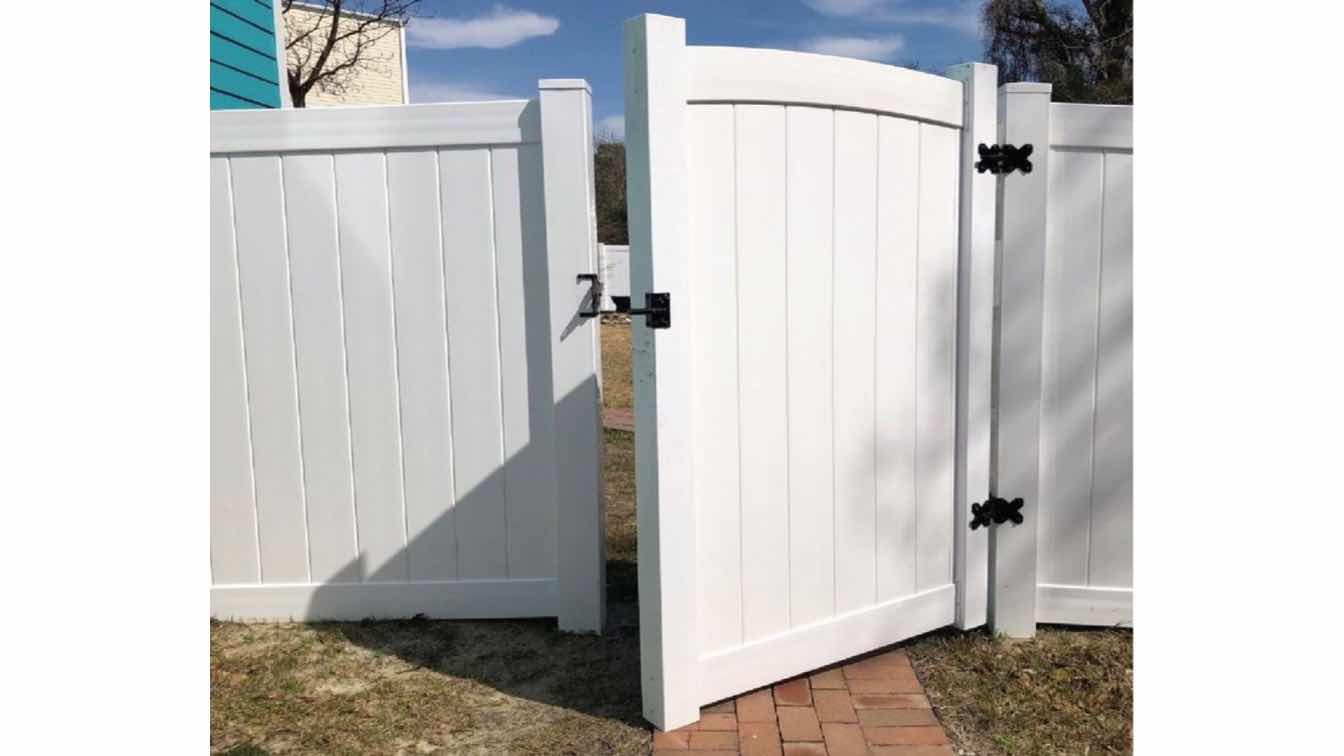Did you know that poorly maintained windows can waste up to 30% of your home's energy efficiency, leading to higher utility bills, poor thermal performance year round and a decrease in home market value?
Yet, it's surprisingly easy to overlook small problems until they turn into costly headaches. From icy glass to rotten frames, common window issues can arise in any property, from old residential homes to new construction buildings.
But here is the kicker. With a few simple checks and fixes, you can stop minor annoyances from becoming major repairs. Here's a practical guide to the top five window problems every homeowner should watch for. And how to fix them like a pro!
1. Icy Windows
Seeing ice on the inside of windows is more than just an inconvenient winter quirk; it's a clear sign that your home's insulation or ventilation needs attention. When warm indoor air meets a freezing window surface, excess moisture turns to frost and eventually to ice.
Over time, this can damage window frames, encourage mould growth, and lead to higher heating bills.
How to Fix It:
Seal Air Leaks: Check for drafts around the frame and use caulking or weatherstripping to close gaps.
Improve Insulation: Upgrade to double or triple-pane windows to keep cold air out.
Reduce Humidity: Use exhaust fans in kitchens and bathrooms or run a dehumidifier to control indoor moisture.
Use Window Coverings Wisely: Open blinds during the day to let the sun warm the glass; close them at night to reduce heat loss.
If you're battling icy windows, start with these small steps before considering a full replacement.
2. Condensation Between Window Panes
The foggy glass between panes is one of the most common signs that your window's sealed unit has failed. Double and triple-pane windows rely on airtight seals filled with insulating gas. Once that seal breaks, moisture seeps in and condensation appears between the panes – a problem that can't be wiped away.
Not only does this block your view, but it also reduces the window's insulating performance, driving up your energy costs.
How to Fix It:
Short-Term: Use a dehumidifier indoors to minimise further moisture buildup, but this won't fix the failed seal.
Long-Term: Replace the insulated glass unit (IGU) if possible. In some cases, it's more practical to replace the entire window, especially if frames are old or inefficient.
A foggy window might look harmless, but it's worth addressing early to keep your home bright and energy-efficient.
3. Drafty Windows
Drafty windows are a major culprit behind cold spots and rising energy bills. Even small gaps around the frame or sash can let chilly air sneak in and warm air escape. Many window experts claim that drafty windows can lead to an annual rise in energy bills of around 12-15%.
Common causes include worn-out weatherstripping, cracked caulking, or warped frames in older windows.
How to Fix It:
Re-Caulk Gaps: Inspect around the exterior frame and seal any cracks with high-quality caulk.
Add or Replace Weatherstripping: Replace worn seals to keep drafts out.
Use Draft Stoppers: A quick fix for sash or sliding windows is a simple draft snake or stopper.
Plan for Replacement: If drafts persist despite repairs, it may be time to consider new, energy-efficient windows.
4. Sticking or Hard-to-Open Windows
Windows that stick, jam, or refuse to budge are more than just annoying, as they can pose a safety hazard if you ever need to use them as an emergency escape route (egress).
Causes include paint buildup, dirt and debris in the tracks, warped frames, or swollen wood after moisture exposure.
How to Fix It:
Clean Tracks and Frames: Use a brush and vacuum to remove dirt and grime from the tracks and frames.
Lubricate Moving Parts: A silicone spray works well for metal and vinyl windows.
Scrape Excess Paint: Gently use a utility knife to remove paint from painted shut windows.
Plane Swollen Wood: Sand or shave down minor warps, then repaint with a weather-resistant finish.
5. Rotting or Leaky Windows
Wooden window frames add charm, but they're vulnerable to rot if exposed to moisture for an extended period. Soft, spongy spots, mould, or peeling paint are tell-tale signs of damage.
Ignoring rot allows it to spread and can eventually weaken the structure around your window.
How to Fix It:
Minor Damage: Remove the rotten section, fill with epoxy wood filler, sand, and repaint with a moisture-resistant sealant.
Major Damage: If the rot is extensive, it's often safer and more cost-effective to replace the entire frame or the window altogether.
Prevent Future Rot: Keep gutters clear, ensure proper drainage, and maintain caulking to stop water from seeping in.
If you need to replace the rotten window, the best option is to opt for new vinyl windows, as they won't have such issues in the future. This window material is easy to maintain, offers maximum energy efficiency and serves for at least 20 years.
Wrapping Up
Windows are one of your home's most important barriers against the elements, but only if you keep them in good condition. Knowing how to spot and fix these common window problems keeps your home comfortable, your energy bills down, and bigger repairs at bay.
Extra Tip: check your windows seasonally, tackle minor fixes early, and don't hesitate to call in the pros when needed. A clear view and a warm home are always worth it.





